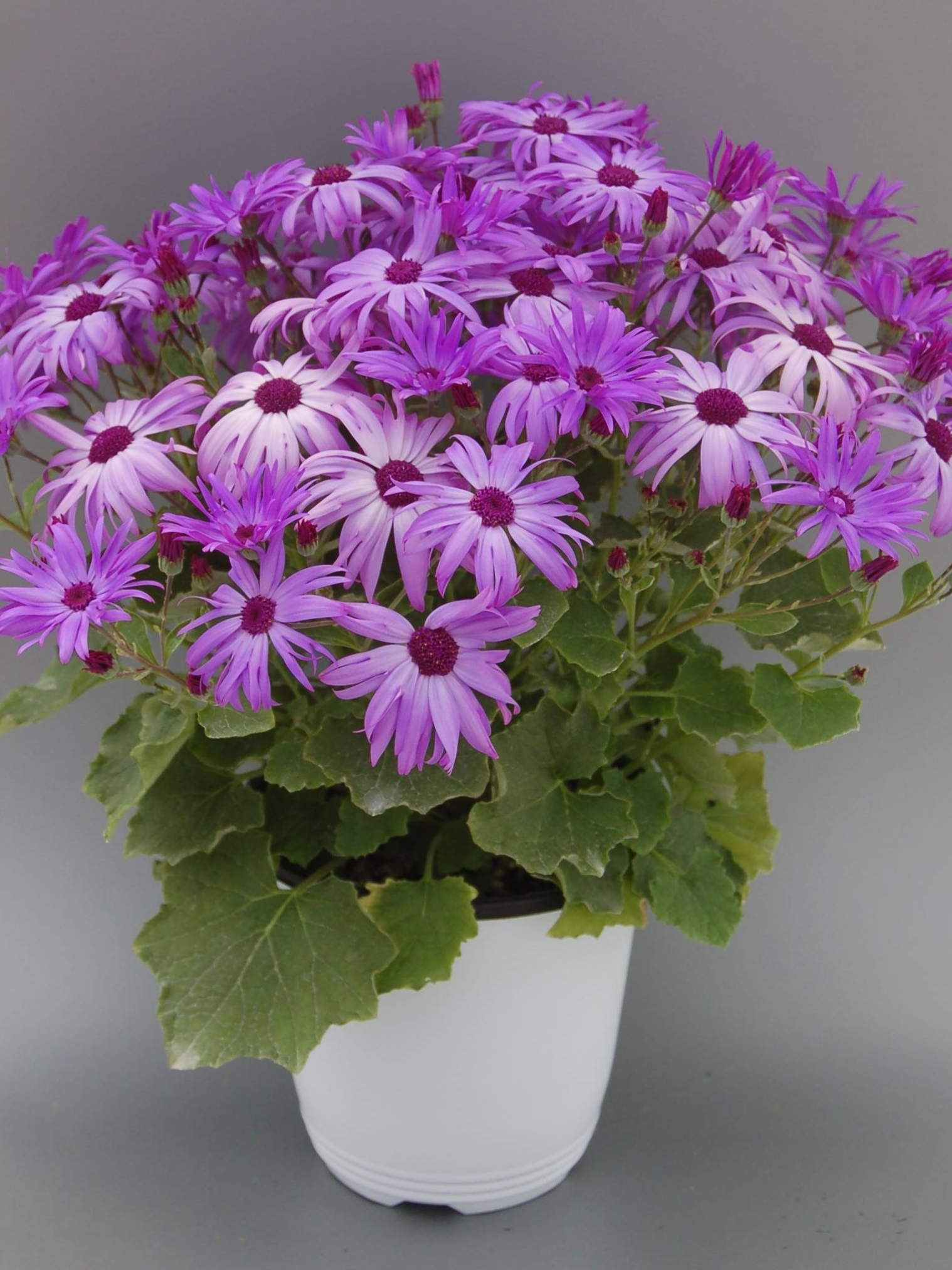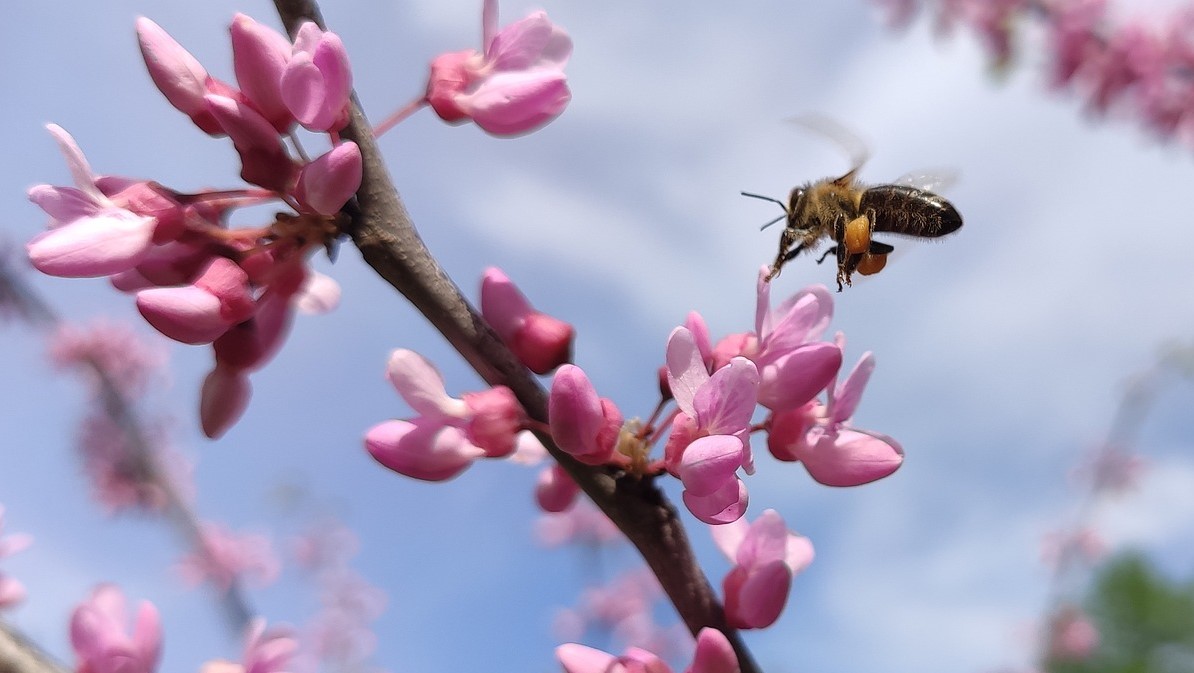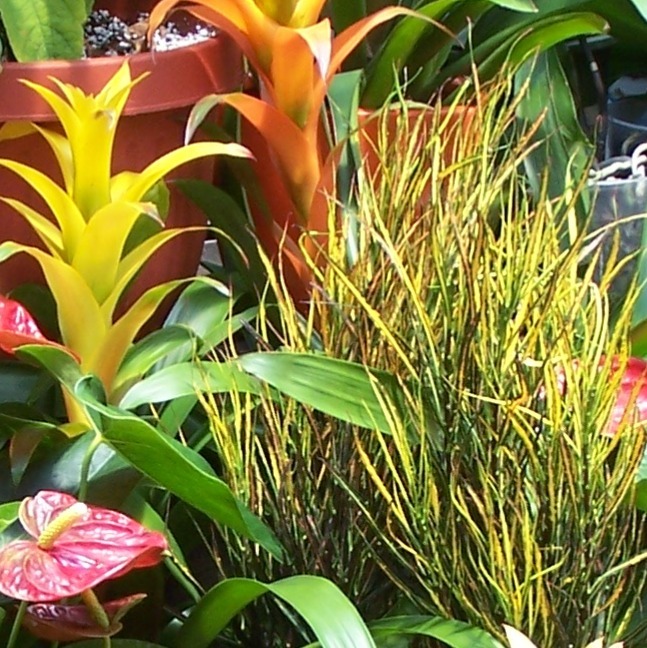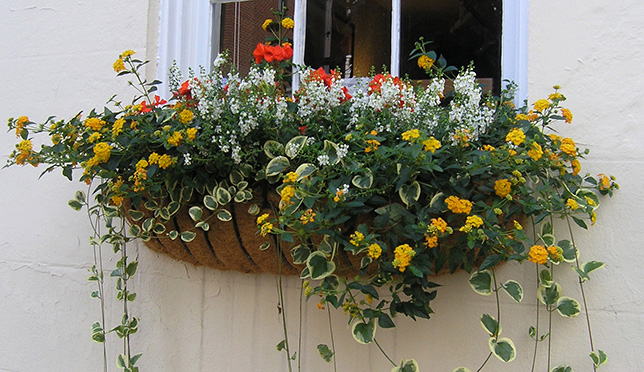Spring can never get here soon enough, especially when you’re a gardener. It’s like sitting in a restaurant when you’re absolutely famished—every minute you wait for your meal seems like an eternity. Those sporadic warm days just make it worse, getting you all excited just to be served up below freezing temperatures the next morning. That waiter wasn't really headed to your table, after all!

Cold Tolerant Plants for Early Spring Gardens and Containers
Well, at least you don't have to starve yourself completely until after the last frost. Although your main entree may be a few weeks away, you can still nibble on some cold hors d'oeuvres until dinner is served. Cold and frost tolerant annuals and vegetables will give you plenty of ingredients to mix and match in your beds or containers, letting you dig in right away.
Frost Tolerant Flowers
Most popular on our early spring menu are pansies and violas. In a vast array of colors, with or without their famous patterned “face,” these are the workhorses of the spring garden. Tolerating below freezing temperatures, nothing brightens a border like a bold ribbon of pansies in solid or contrasting hues. They are equally charming as an underplanting for spring bulbs or deciduous shrubs.
Showy large-flowered pansies still have the edge in sales, but savvy gardeners are starting to realize the advantages of the smaller-flowered, yet equally impactful violas. The individual blooms of viola may be less grand, but the far greater number of flowers more than make up for their comparatively diminutive size. They are generally more temperature tolerant than pansies, which results in improved performance during colder weather, and extended blooming into warmer months. New breeding has given us improved habits, with compact spreading plants that cover larger areas. Violas also re-seed easier than pansies.
There's no reason you can't combine both pansies and violas in the same bed or container--the more delicate flowers of viola add a pleasing contrast in texture. For a springy burst of sunshine, combine large flowering primrose yellow and white pansies with solid orange violas. Soft pastel combinations of yellow, blue, and white or lavender and pink will bring your Easter basket into beautiful bloom.
Planting just one two-toned variety easily adds additional excitement, and also makes combining colors expertly a cinch. Many pansies and violas have shaded edges of another hue or flowers with one petal color in the front backed by 2 petals of a completely different color, as in our main photo above. Breeders also offer curated mixes that make designing easy, such as the sweet blue and pink pastels of Delta Classic Mix 'Cotton Candy,' and the softly suffused Delta Classic Mix 'Watercolors,' either one perfect for a charming springtime display.
Regular deadheading will improve blooming--pinch off the flower and its individual stem. Pansies and violas will usually continue to bloom until daily temperatures approach 65 to 70 degrees.
Snapdragons
If you love pansies, but don't enjoy sharing them with hungry deer, then perhaps stately snapdragons are more your style. In almost as many colors as pansies, snaps are traditionally cold-tolerant, and some newer varieties will bloom into the summer as well. Garden centers will offer mostly compact plants that reach 15 inches or less, perfect for containers, or hanging baskets of gently trailing varieties. Since these elegant beauties make such great cut flowers, if you aren't lucky enough to find old-fashioned tall cutting varieties like “Rocket” in the annuals section, you may want to grow them from seed. Either way, you'll have a spectacular show that doesn't appeal to your local Bambis.
Nemesia and Diascia
Two other cool-weather annuals related to snapdragons are nemesia and diascia. These have similar, but smaller, flowers than snaps, and are more mounding to trailing in habit, rarely over 10 to 12 inches in height. Nemesias bloom in mostly pastel hues of pink, blue, or white and are often lightly fragrant, while diascias comprise a bolder palette of red, deep pink, and orange. Both add a desirable delicate texture to container plantings, contrasting well with larger flowered pansies. As temperatures heat up (especially nights over 70 degrees), cut these back if blooming wanes to encourage re-flowering later in the season, and to discourage legginess.
Osteospermum and Pericallis
Daisies are always a favorite, and no daisy-shaped blossoms are as vibrant or spectacularly colored as pericalllis and osteospermum. Terrible names, but fabulous flowers! Both prefer cooler weather, and benefit from cutting back in the heat of summer for a new flush of flowers in fall.
Pericallis is a hardier relative of the florist's cineraria, with the same attractive compact, rounded habit and basic color range. But even the bright hues of cineraria pale in comparison to the positively electric glow of pericallis, in vibrant blues or magenta. Pericallis varieties grow between 12 and 24 inches high 12 to 18 inches wide. These will perform best in part to full sun and consistently moist, but not wet, soil.
For drier, sunnier sites, osteospermum is your best bet. Most osteo varieties, whether yellow, orange, copper, purple, burgudy, or white, will have a central disc surrounded by a ring of intense bluish-purple. The “Voltage” series, although lacking that feature, is notable for its exceptional heat tolerance, blooming right through spring, summer and into fall, as long as plants are deadheaded.
Other cool weather annuals to look for are argyranthemum, lobelia, petunia, million bells, mimulus, schizanthus, ranunculus, verbena, calendula, godetia, and fragrant sweet peas, stock, and dianthus.
Good early flowering biennials and perennials include primrose, wallflower, English daisy, Iceland poppies, columbine and euphorbia.

Below: Cool Wave® 'Strawbery Swirl' makes a delightful show in this hanging basket. Photos courtesy Ball Horticulture, Inc., www.ballhort.com

Below: The Twinny series of snapdragons bears striking double flowers on compact one foot high plants. Here, 'Twinny Yellow.'


Below: Pericallis Senetti® 'is an extremely floriferous spring blooming plant available in shades of blue, purple, white, and pink. The bright centers of 'Lavender Dawn' expand as the flowers age.

Below: Osteospermum Voltage™ 'Yellow' is hardy to 32 degrees and displays better heat tolerance than other osteos. Compact habit works equally well for baskets and bedding. Photos courtesy Ball Horticulture, Inc., www.ballhort.com

Frost Tolerant Ornamental Edibles
Foliage Plants for Early Spring Container Gardens
Other good perennial container plants for early spring that are generally readily available:
Fillers:
- Heuchera and Heucherella - almost any foliage color imaginable!
- Sage - Gray, Golden, or Tricolor
- Euphorbia - Ascot Rainbow with gold, green, pink, and orange tones; Miner's Merlot with deep burgundy tones
- Alchemilla - Lady's Mantle
- Polemonium - green and white or pink variegated varieties with later blue flowers
- Santolina - grey or green evergreen foliage
Spillers:
A good place to look for creeping and trailing plants in early spring is the groundcover section of the nursery. Look for brands like Jeepers Creepers, Steppables, or Treadwells.
- Creeping Jenny (Lysimachia)
- Sedum - creeping varieties
- Ivy - A bad word to some, but keep it in the pot and it won't set seed and spread into the environment.
- Ajuga - Newer varieties like 'Fancy Finch' have delicate leaves and beautiful gold, pink and orange tones.
- Thyme - creeping types like green and gold 'Doone Valley' lemon thyme or green and white 'Silver King' or 'Highland Cream'
- Creeping Veronica - green, green and white, and golden varieties
- Strawberries - hanging basket varieties make great container subjects with attractive foliage and pink spring flowers, and you'll likely get some fruit, too!
For extra pizzazz, you can add our colorful Ceramic Herb Stakes or Ceramic Mushrooms, or our fun stainless steel "lollipops."
Planting and Growing Tips for Early Spring Container Gardens
- Cold-acclimated plants will withstand lower temperatures, so it's important to know how they were grown. When buying, ask about frost tolerance—any reputable garden center should know whether their annuals have been grown in a warm or cool greenhouse (or outdoor grown, as is the case with many perennials), and how long they've already been outside.
- If you need to acclimate them yourself, start with a day above 40 degrees. Place them in a semi-shady spot out of the wind, and bring inside when temperatures may drop below 40. After several days, cold-tolerant annuals should be able to survive a light frost or freeze, when temperatures may drop as low as 28 for several hours.
- If colder temperatures are predicted, or you just want to play it safe but can't bring plants inside, cover them to the ground with commercial frost cloth, old bed sheets, boxes, buckets, flower pots, or plastic jugs with the bottoms cut out. Remove the covering in the morning when temperatures rise above freezing.
- Try not to use sheets of plastic laid directly on the plants—it traps moisture which may then freeze on the plants.
- Remember to keep plants properly watered, but do not heavily water lettuce before a freeze, as the plant cells will absorb the extra water and suffer freeze damage as cells burst.
























